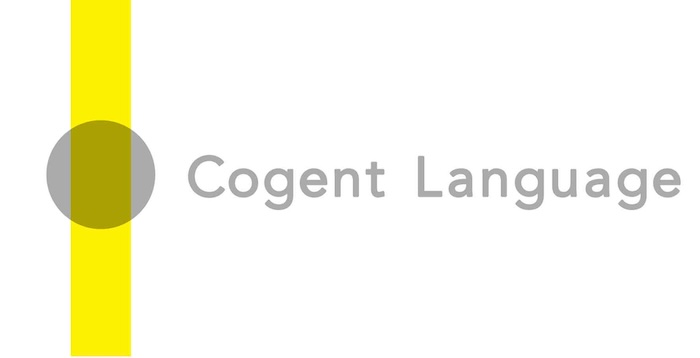Very brief (<3′) explanation of the resource assignment matrix construct (aka “responsibility assignment matrix”) with a simple project management example.
Category: *Waterfall
This perspective on project know-how is also known today as “plan-driven”, “linear”, or “sequential”.
This perspective is deeply informed by the Systems and Kaizen perspectives on project work. However, it chas ontinued to integrate these and to develop self-consciously, as a distinct community of practice, starting in the third quarter of the 20th century.
Its identify, principles and practices were strongly and continuously informed by the Project Management Institute (PMI) and its Guide to the Project Management Body of Knowledge (PMBOK® Guide), as well as other professional associations, including Prince2, through the frst decade of the 21st century. Since then, PMI’s views have been strongly informed by the agile perspective as well.
“What is Waterfall Project Management?”
A very spirited rationale for the “waterfall” or plan-driven practice of project management, wrapped around just a bit of an introduction to it.
“Benefits Realization Management Plan”
As currently conceptualized in many project communities of practice, the “benefits” construct refers to outcomes of the project which are valuable to some stakeholder(s). Stakeholders other than the customers may have benefits from a project, without receiving any deliverable, and perhaps long after these have been taken away by the customer. While these beneficial outcomes […]
“The Basics of Scope Management: How to Manage Scope”
Useful 5′ introduction to fundamentals of scope and scope management.
“PRINCE2 2017 End Stage Report”
9′ video explaining this Prince2 construct. Relevant to most any plan-driven project. Well organized and presented. Excellent Visuals.
“PRINCE2 Foundation Deep Dive: Session 2 | Processes, Project Tailoring & Exclusive Study Tips”
High-level mappings of key Prince2 constructs. These mappings, annotated through the presentation, usefully organize the “deep dive”. However, the session is long (longer than an hour) and the orientation is to passing the exam rather than to project know-how.
“What is a Requirements Traceability Matrix?”
11′ presentation of a model that links long-term business ojectives of a project to quality tests of specific product features by way of requirement and scope structure.
“Stakeholder Register & Power Interest Grid”
Good 5′ explanation and slidedeck relating to the job of understanding stakeholders for project purposes. Very important at the front end of most any project, but particularly those developing their products via a plan-driven approach.
“Tornado Diagrams…”
Here is a 4′ introduction to two key constructs in quantitative risk analysis, namely sensitivity analysis and the tornado diagram. Useful slides, basic definitions.
“Project Monitoring and Progress Reporting Using Earned Value Analysis Techniques”
Solid 18′ video offering a clear explanation via a worked example.
